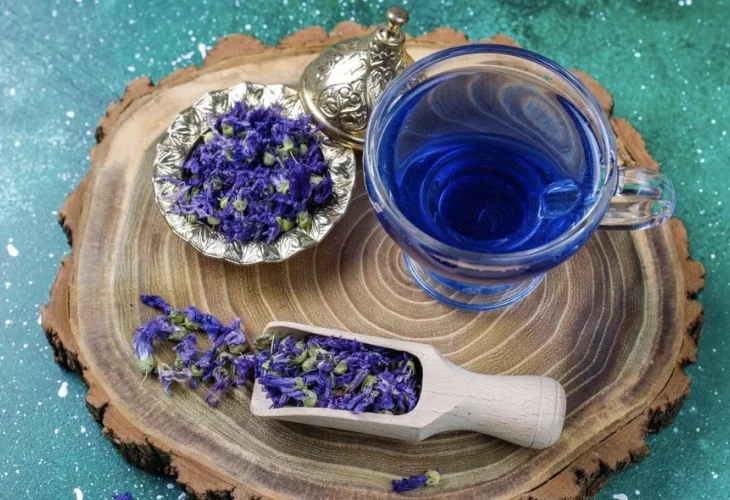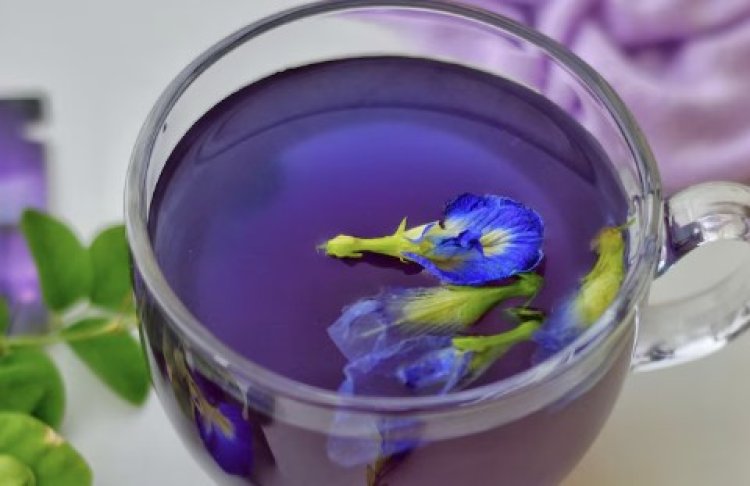Naturopathy and Natural Medicine
Add This Flower to Your Tea for a Natural Immune Boost
If you haven't heard of the 'Butterfly Pea Flower' and its wonders for our body, it's time to learn how to consume it correctly.

The Butterfly Pea is not just a beautiful flower—it's a powerful plant that brings color, fragrance, taste, and health benefits. If you decide to add it to your tea shelf, it will undoubtedly do wonders.
Butterfly Pea is a climbing plant native to Southeast Asia and is considered a prominent treasure in the plant world—thanks to its deep blue color, unique taste, and health properties. This stunning flower belongs to the legume family, and beyond its beauty, it's a true superfood in both nutrition and traditional medicine.
Why add Butterfly Pea to your tea? Several reasons you shouldn't miss:

Butterfly Pea contains high amounts of anthocyanins, blue-purple pigments that act as powerful antioxidants. They help fight free radical damage, protect body cells, and reduce the risk of chronic diseases.
Support for the Immune System and Brain
The tea brewed from the flower is considered a calming drink that helps relax the nervous system, improves brain function, and enhances concentration and memory. Some studies on the flower highlight positive effects on blood sugar levels as well.
Skin and Hair Care
In Ayurvedic and Chinese medicine, Butterfly Pea is used to strengthen hair follicles, improve skin health, and treat acne—thanks to its anti-inflammatory and antibacterial properties.
Improves Vision and Prevents Degeneration
The flower contains compounds that promote eye health, and preliminary research shows potential in preventing degenerative diseases such as Alzheimer’s.
One of the most intriguing scientific phenomena is that the flower changes color when you add lemon—from deep blue to bright purple—and it pairs wonderfully with additions like honey, mint, ice, ginger, and more.
It’s important to remember that according to Jewish law, the flower shouldn't be used directly, so it's crucial to strain the water after preparation to avoid any issues with pests.

